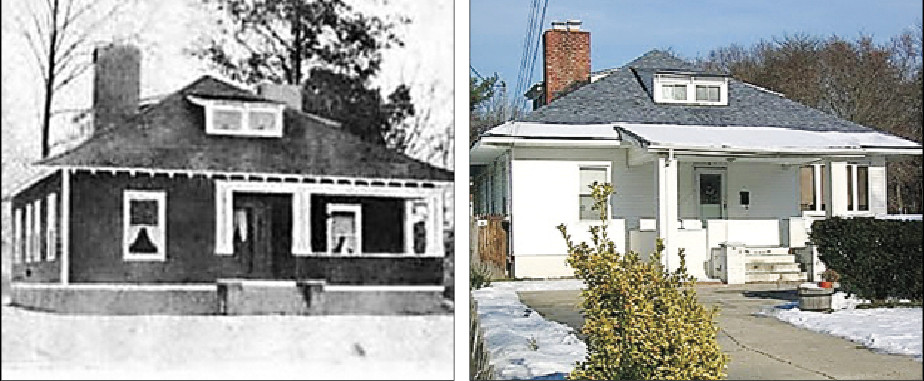A Hempstead Gardens gem tells of area's early development
In 1910, famed book publisher Frank Nelson Doubleday relocated his successful publishing house from Manhattan to the small Long Island village of Garden City. The move brought Doubleday’s firm closer to his Long Island roots and was in line with his company philosophy that emphasized the joys of country living, a philosophy emblemized by its flagship publication — the twice-monthly magazine Country Life in America.
A move from Manhattan to a rural suburb for an employer of more than 600 personnel was not without risks, however, as Doubleday would have to make due with a talent pool on Long Island that was considerably smaller than that of the region’s great metropolis. So, to overcome this challenge, Doubleday created an attractive work environment that was at the cutting edge for a company in the early 20th century. He went to work ensuring the grounds of the new campus were neatly manicured and decorated with ornate gardens with flora and fauna from all over the world. He installed a baseball diamond, tennis courts and lawn bowling greens, and a completely separate railroad station was even built for the location (which still exists today as Country Life Press). A registered nurse was stationed on site and a doctor and dentist were on call to service employees.
With all these amenities, it is no surprise why so many existing Doubleday employees opted to stay on and relocate with their company. For many of these employees, the hunt was on to find affordable housing in the area. The grandiose estates of Garden City village were out of reach to all but the most affluent of them. It was estimated that, at the time, choice lots in Garden City commanded between $5,000 and $10,000 per acre. Instead, many set their sights to the south where properties were much more affordable, in the small, up and coming residential neighborhoods of West Hempstead and Hempstead Gardens.









